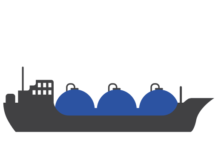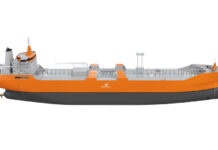Energy Transfer will take over as lead project developer on the Lake Charles LNG export project. The move comes after Shell decided not to proceed with an equity investment in the project due to current market conditions.
Energy Transfer will evaluate a number of alternatives to advance the project, including include potentially bringing in additional equity partners and scaling down the project from three trains (16.45 mtpa of LNG capacity) to two trains (11.0 mtpa).
Energy Transfer and Shell originally signed a Project Framework Agreement in March 2019 where the two companies would have shared development costs. The two companies have since undertaken the engineering, procurement and construction (EPC) bidding process together. Shell will support Energy Transfer with this process through the receipt of commercial EPC bids in the second quarter of 2020. In addition, Shell will continue supporting Energy Transfer during a transition period.
“We continue to believe that Lake Charles is the most competitive and credible LNG project on the Gulf Coast,” said Tom Mason, Energy Transfer executive vice president and president of LNG. “Having the ability to capitalize on our existing regasification infrastructure at Lake Charles provides a cost advantage over other proposed LNG projects on the Gulf Coast. The Lake Charles project also benefits from its unparalleled connectivity to Energy Transfer’s existing nationwide interstate and intrastate pipeline system that provides direct access to multiple natural gas basins in the US.
“We remain in discussions with several significant LNG buyers from Europe and Asia regarding LNG offtake arrangements as well as, in some cases, a potential equity investment in the project,” said Mason. “In light of the advanced state of the development of the project, we remain focused on pursuing this project on a disciplined, cost efficient basis and, ultimately, the decision to make a final investment decision will be dependent on market conditions and capital expenditure considerations.”




